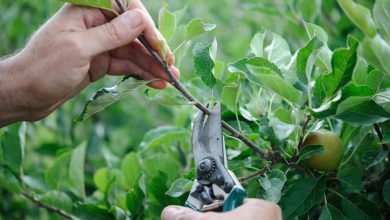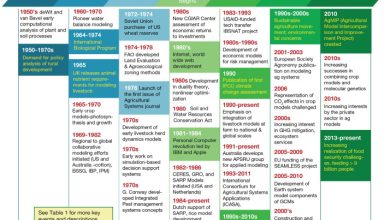Plant an Apricot Tree: [Substrate, Irrigation, Care, Pests]
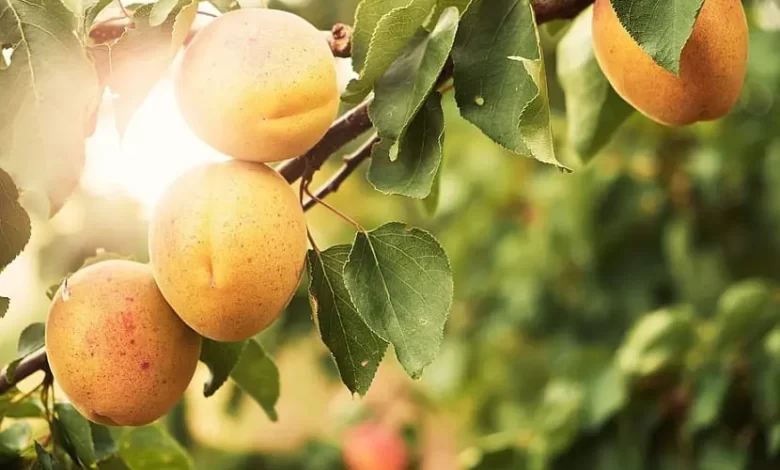
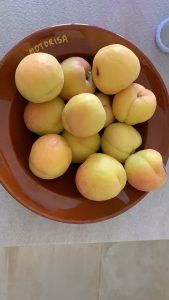 The Chinese associate the apricot with education and medicine. For example, the classical word 杏壇 (literally: «apricot altar») (xìng tán 杏坛) meaning «educational circle», is still widely used in written language.
The Chinese associate the apricot with education and medicine. For example, the classical word 杏壇 (literally: «apricot altar») (xìng tán 杏坛) meaning «educational circle», is still widely used in written language.
Chuang Tzu, a 4th century BC Chinese philosopher, told a story that Confucius taught his students in a forum surrounded by apricot wood.
The apricot’s association with medicine stems from the common use of its pits as a component of traditional Chinese medicine, and from the story of Dong Feng (董奉), a physician during the Three Kingdoms period, who he required no payment from his patients except that they plant apricot trees in his orchard upon recovery from illness, which resulted in a large grove of apricot trees and a constant supply of medicinal ingredients.
Important points when planting an apricot tree
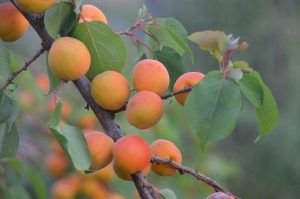 When? During the spring.
When? During the spring.- Where? In a place where it receives enough light and has space with other fruit trees.
- What substrate does it require? It is interesting to add a good substrate to the land where you are going to plant the apricot tree.
- How do we prepare the land? The pH of the soil should be between 6.5 and 8.
- How do we water? Ideal, drip irrigation. Also by spray.
- How often do we water? In summer, when the apricot tree is young, daily.
- Necessary care? When the apricot tree is quite old, it is important to carry out abundant pruning, since the branches grow horizontally and can break easily.
- Plagues and diseases? Aphids, root rot, powdery mildew, bacterial canker, and borers.
Characteristics of the apricot tree
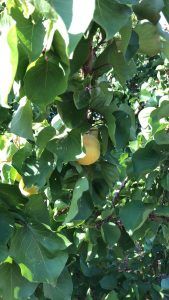 The apricot tree is a small tree, 8-12 m tall, with a trunk up to 40 cm in diameter and a dense spreading canopy. The leaves are oval, 5-9 cm long and 4-8 cm wide, with a rounded base, a pointed tip and a finely toothed margin. It is deciduous.
The apricot tree is a small tree, 8-12 m tall, with a trunk up to 40 cm in diameter and a dense spreading canopy. The leaves are oval, 5-9 cm long and 4-8 cm wide, with a rounded base, a pointed tip and a finely toothed margin. It is deciduous.
The apricot tree is a fast growing tree.
The flowers are 2–4.5 cm (0.8–1.8 in) in diameter, with five white to pink petals; they are produced singly or in pairs in early spring before the leaves. The fruit is a small peach-like drupe, 1.5–2.5 cm (0.6–1.0 in) in diameter (larger in some modern cultivars), yellow to orange, often tinted red on the side most exposed to the sun; its surface can be smooth (botanically described as: glabrous) or velvety with very short hairs (botanically: pubescent).
The pulp is usually firm and not very juicy. Its flavor can vary from sweet to acid. The single seed is encased in a hard, stony shell, often called a «stone» or «grain,» with a grainy, smooth texture except for three ridges running down one side.
Apricot tree irrigation
 The apricot tree, during its early years, requires daily watering during periods of drought and strong heat.
The apricot tree, during its early years, requires daily watering during periods of drought and strong heat.
Once several years have passed, it is a resistant tree, capable of withstanding periods without water. Although we do not recommend leaving it for more than a week without watering during the summer.
The system we recommend for watering apricot trees is drip irrigation. As always, dripping achieves excellent results, minimizing water consumption.
In winter, spring or autumn, if you live in a place with abundant humidity and/or rain, it is not necessary to water it.
Plant an apricot tree
From an apricot kernel
- Extract the bone from the apricots.
- Scrub off any bits of fruit with a brush and let the surface dry.
- Open the seed by pressing on the seams with a flat tool such as a board, nutcracker, or knife.
- Scoop out the almond-shaped seeds and the seed (prepare it for germination) by soaking it overnight in a bowl of warm water.
- Germinate the seeds in a fridge.
- Squeeze the moist peat moss to remove excess water, place a handful of it in a jar or plastic bag, add the seeds, and seal the jar or bag.
- Check daily for outbreaks; when you see them, it’s time to plant the apricot seed!
from seedling
- Make a hole in the ground deep enough so that it can cover all the soil of the apricot seedling.
- Fill said hole with quality substrate.
- I water the hole a little.
- Introduce the seedling and cover it again with the soil, until it is completely covered. It is important that no roots remain on the surface.
- Abundant watering when you’re done.
- During the next few days, you should water, especially if it is a period of high temperatures.
- Use a tutor so that the trunk of the future apricot tree grows correctly.
Apricot tree pruning and care
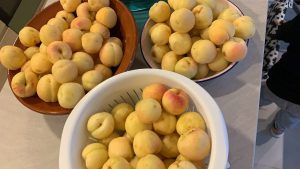 Like other plants, pruning apricot trees is healthy for them. Leads to a larger harvest. Prune apricot trees each year in late winter or early spring, before the leaves come out again.
Like other plants, pruning apricot trees is healthy for them. Leads to a larger harvest. Prune apricot trees each year in late winter or early spring, before the leaves come out again.
First, remove dead or unhealthy branches and limbs. Prune in areas where growth is very thick. This will increase sunlight and air penetration, helping your tree’s overall health and growth. You can also prune the branches to give it an ornamental touch.
IMPORTANT: When pruning, it is very important to keep in mind that the fruit grows from the second year. Prune lightly during the first years, to maximize the harvest of apricots.
You may also be interested in: Varieties and types of apricots.
Plagues and diseases
bacterial canker
This organism takes advantage of stone fruit trees that weaken due to stress, falling more heavily on cherry, peach and apricot trees.
Trees with bacterial canker show their symptoms in the spring when the infected flowers open and the twigs they are growing on begin to die. Flowers and leaves may appear late or not appear at all in affected areas.
Some affected trees may show sap that oozes or appears in water-soaked spots along with a sour odor, increased water spouts, or dark purple leaf spots that turn necrotic.
The best way to prevent bacterial canker from taking hold is to avoid the most common sources of stress on these trees, including frost or sun damage, soil that is too light and sandy or poorly draining, the ring nematode Mesocriconema xenoplax, improper pruning and collision damage with garden equipment.
powdery mildew
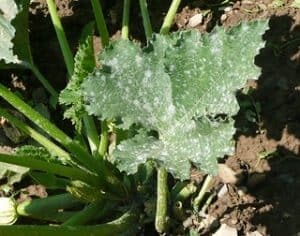 The fungi behind powdery mildew are the common cause of struggle for gardeners in hot, dry areas. Look for the hallmark of the disease in gray or white areas that look like talcum powder, deposits of fungal spores.
The fungi behind powdery mildew are the common cause of struggle for gardeners in hot, dry areas. Look for the hallmark of the disease in gray or white areas that look like talcum powder, deposits of fungal spores.
This fast-spreading fungus can survive over winter on fallen branches or twigs before redistributing when they are uncapped in spring.
To counteract apricot trees’ weakness for powdery mildew, avoid applying nitrogen to your garden in late summer, clean up fallen plant debris and prune trees carefully, and apply a fungicide at the first sign of trouble.
Our article on how to identify, prevent and treat powdery mildew has more detailed information.
Root rot, also called root fungus
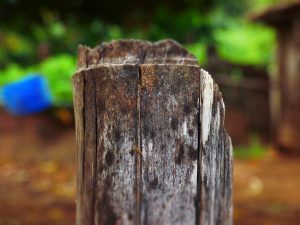 Trees can suffer from phythphthora root rot as a result of the roots staying too wet for too long. Visually, the leaves look the same as when they are drought-stressed (they wilt and lose color), and can die back when warm weather arrives.
Trees can suffer from phythphthora root rot as a result of the roots staying too wet for too long. Visually, the leaves look the same as when they are drought-stressed (they wilt and lose color), and can die back when warm weather arrives.
The bark of the tree may show a darkening around the soil line or, below the surface, a reddish-brown hue.
Root fungi can be spread through water, compromised garden tools, or infected soil. To treat them, add drainage, raise plants when possible, stop overwatering, and remove potential sources of infection.
aphids
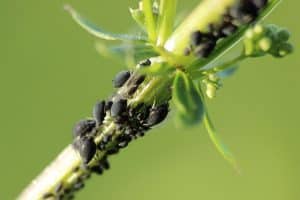 Most gardeners or farmers have come across aphids at some point. They are small, soft-bodied insects with a wide variety of colors that suck sap from plants.
Most gardeners or farmers have come across aphids at some point. They are small, soft-bodied insects with a wide variety of colors that suck sap from plants.
The insects are visible on the underside of the leaves of affected plants, and leaves of aphid-infested plants show a distorted shape or may fall off the plant.
peach branch borers
Peach branch borers infest apricots, nectarines, peaches, and plums. The larva hatches from the egg, spends some time encased in a cocoon, and then emerges as an adult moth that is gray with black and white scales.
The first symptom of a peach twig borer problem is often seen in spring when new growth begins to wilt from the damage they do.
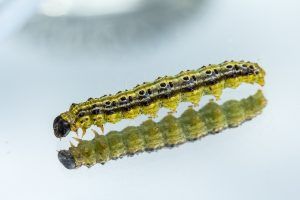 The larva may be sniffed out due to the small piles of sawdust and wood chips piled on top of where they feed, or they may feed on the apricots themselves instead.
The larva may be sniffed out due to the small piles of sawdust and wood chips piled on top of where they feed, or they may feed on the apricots themselves instead.
The adults tunnel through the new growth of the tree, eating leaves and shoots along the way.
Keep an eye out for new growth in April and early May, watching carefully for signs of this pest so you can eliminate them before they get out of control. Remove shoots that show signs of wilting to look for the borers hiding within.
Peach twig borers can be combated by treating with insecticide just before flowers bloom and again when petals fall, by trapping them with pheromone traps, or by deploying the tiny wasp Pentalitomastix pyralis that parasitizes them.
Brown or brown rot
Brown or brown rot is a fungal-type disease that appears, above all, in humid and hot conditions.
The good part is that it is not usually lethal for our fruit trees. Especially if we manage to treat it in time. It mainly harms our fruits.
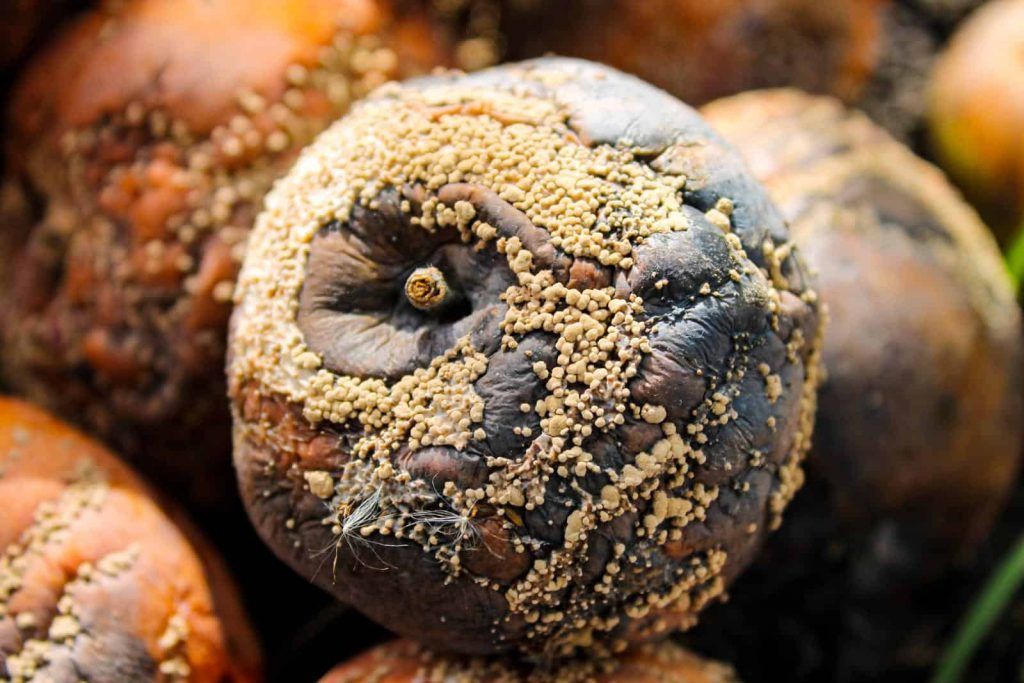
How long does the apricot tree live?
The life of the apricot tree is projected in a range between 50 and 60 years.
How long does it take to grow the apricot tree?
It grows quickly and with many branches. In 5 years he will be able to show a well-formed structure.
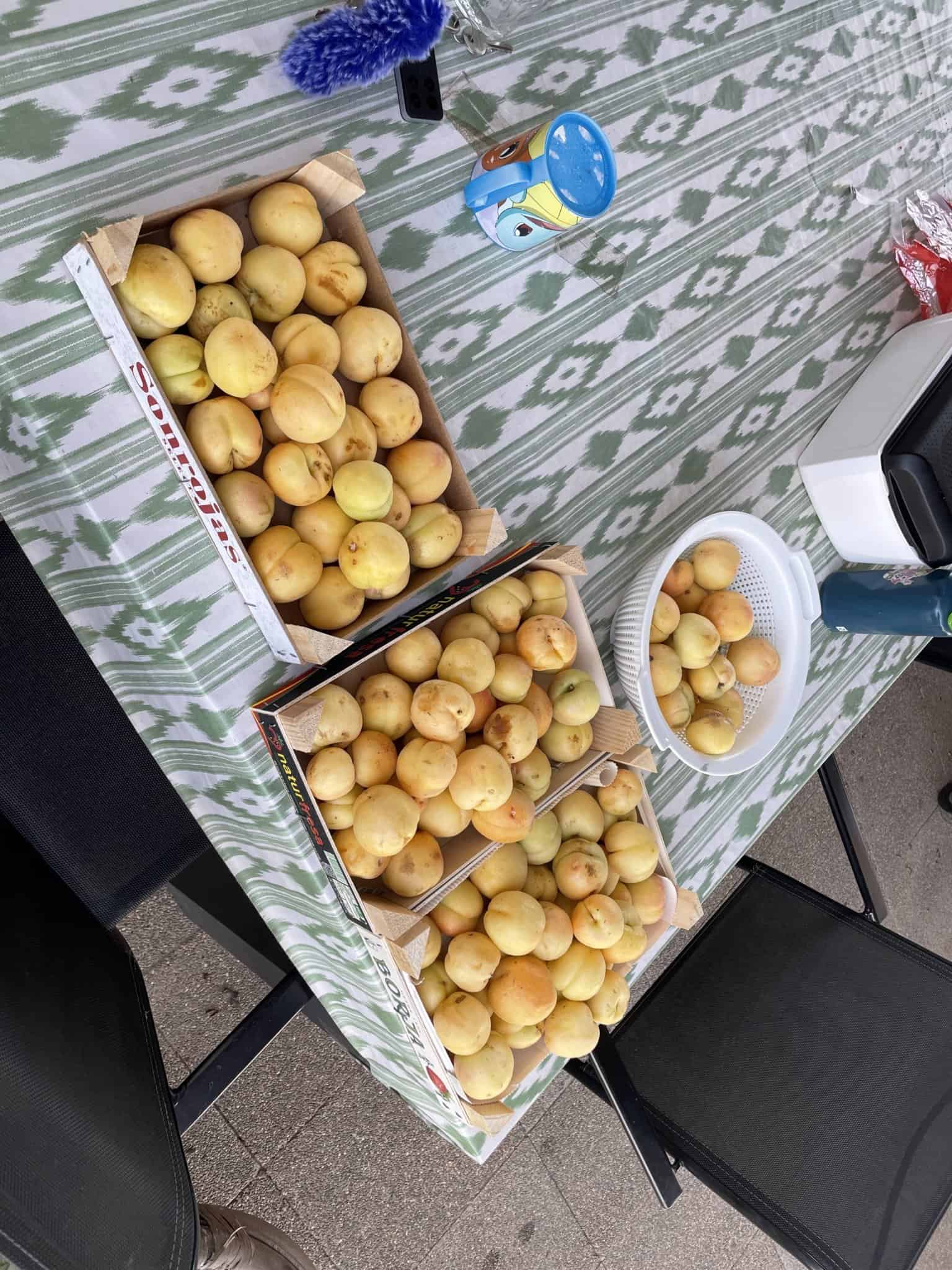
How long does it take to produce fruit?
It starts its production pretty soon. At 2 years of life there is already the possibility of collecting its first fruits.
Can it be grown in a pot?
The apricot tree does not have any inconvenience in being planted in a pot and still producing fruits in the corresponding time.
How many times does the apricot tree produce fruit?
It is possible that it gives between two and three harvests a year depending on where it is planted.
There are apricot trees whose flowering occurs early as soon as spring enters.
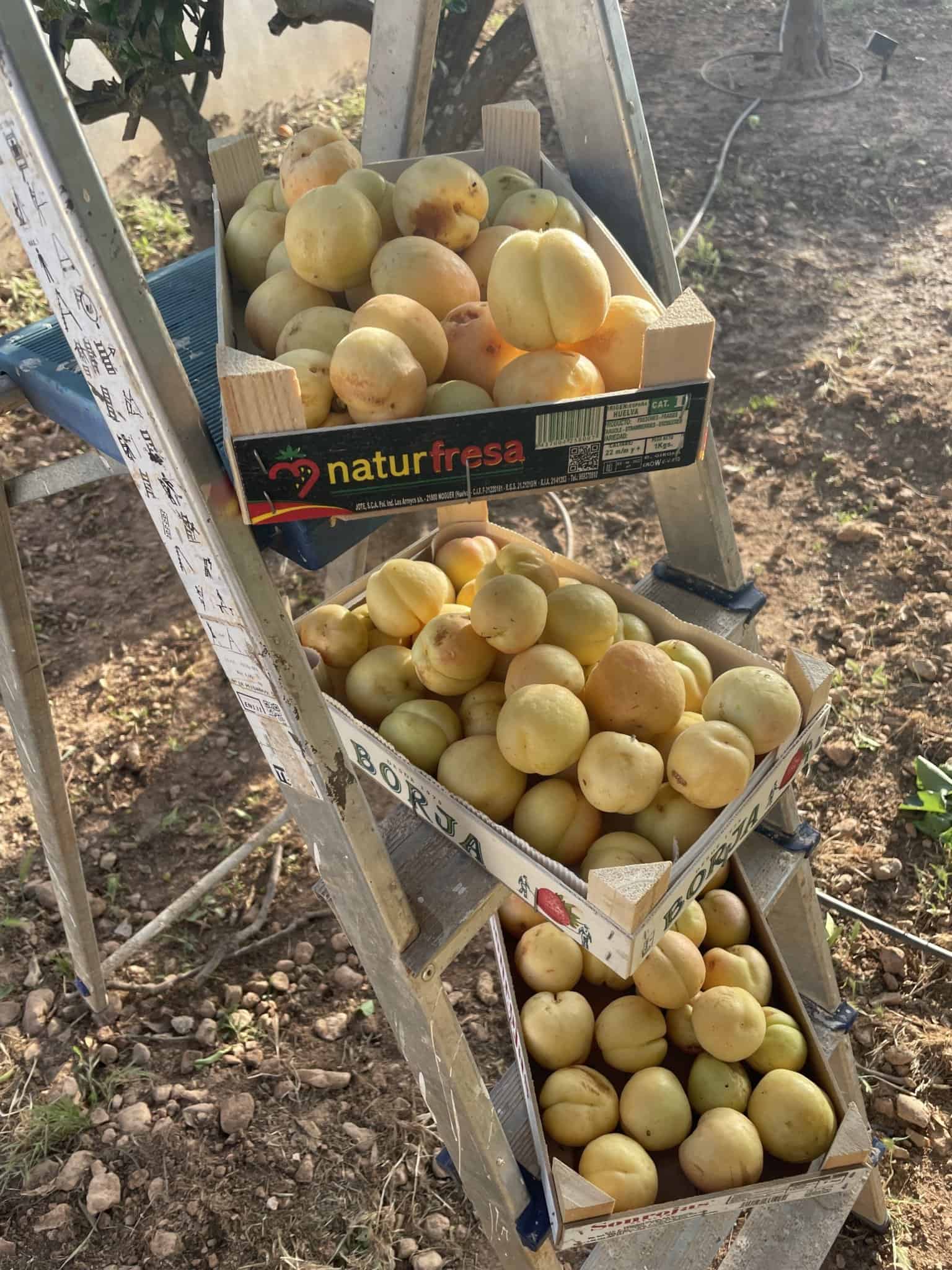
Should the apricot tree be pollinated to obtain fruit?
Apricot tree pollination does not represent a major problem. Some varieties are self-pollinating and others require pollinating bees.
This process can also be done manually.
How cold can the apricot tree tolerate?
The apricot tree tolerates cold weather very well and, in fact, requires it for its winter stop.
Ideally, the space in which it is located reaches, at least, a temperature of -2 ° C in winter.
How many apricot trees can be planted per hectare?
Apricot plantations are established between 200 and 250 specimens for each hectare of land.
This gives an approximate production of 10 thousand kilos of fruit.
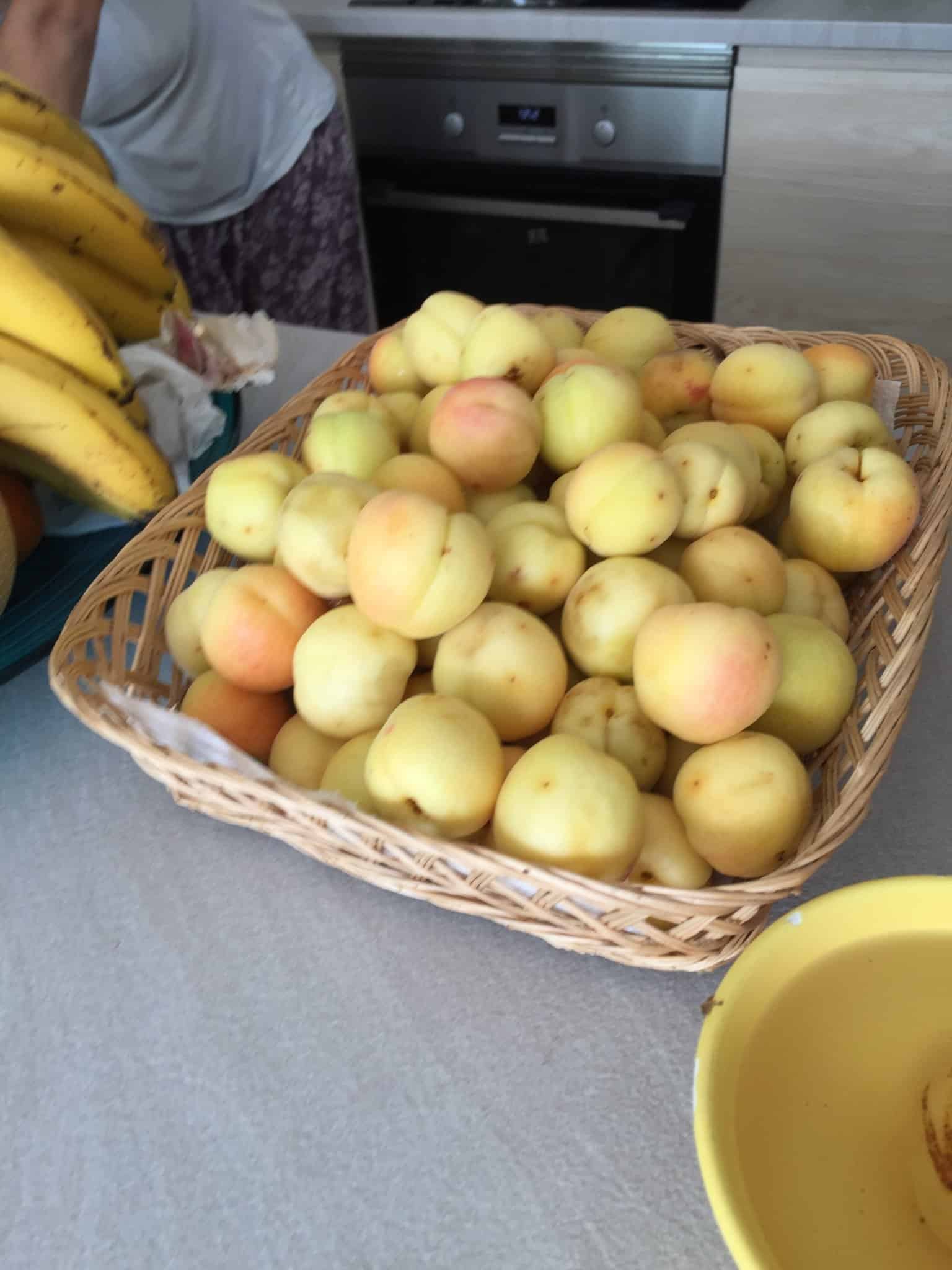
What kind of fertilizer does the apricot tree need?
The job of fertilizers in the apricot tree is to help vegetative growth and increase the quantity and quality of production.
Given this reality, it is best to use NPK fertilizers, adjusting the levels to the condition of the plant in each phase.

How much heat and/or drought can the apricot tree tolerate?
Heat is key for the fruits to ripen correctly. The temperature should be below 35° C so as not to create too much stress.
It is resistant to water scarcity, but the same does not happen with waterlogging.



